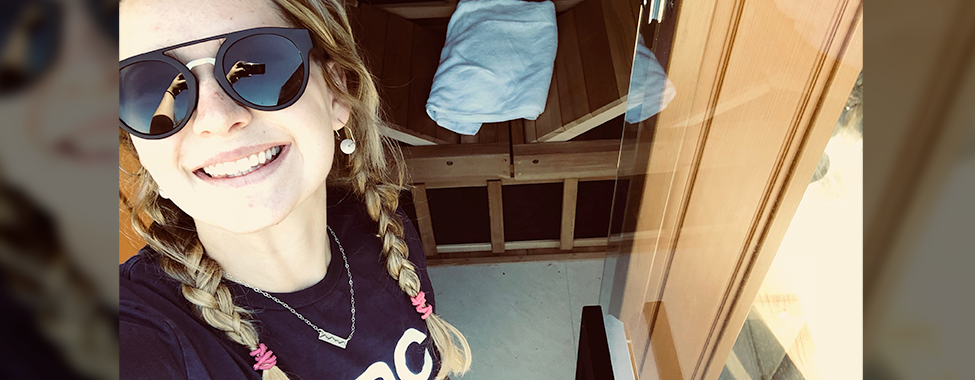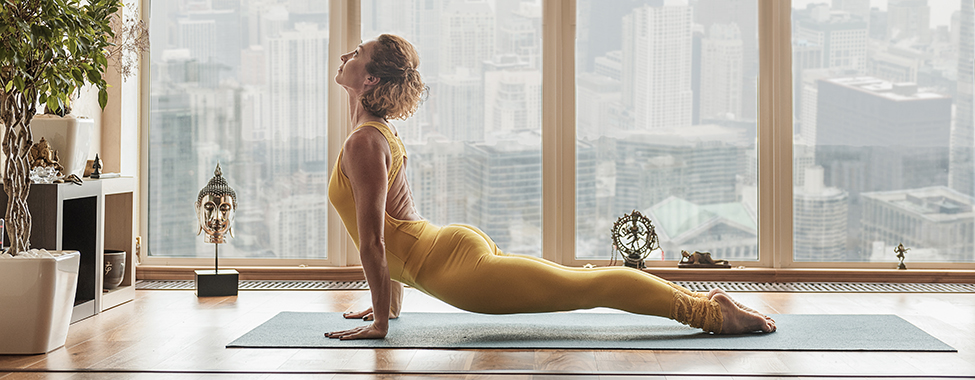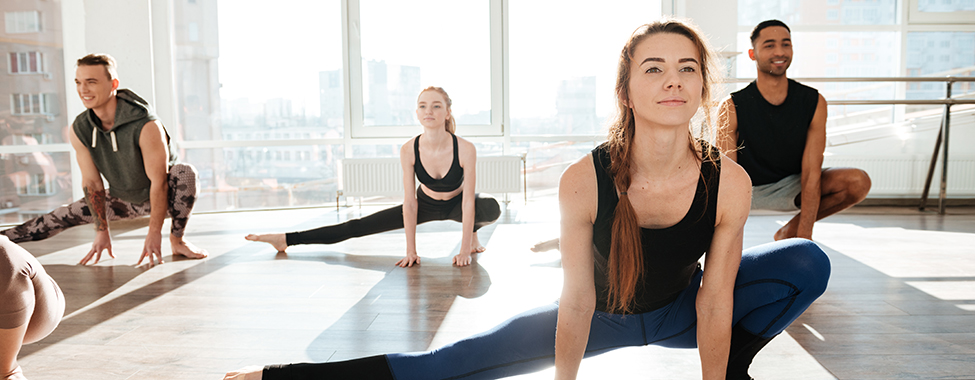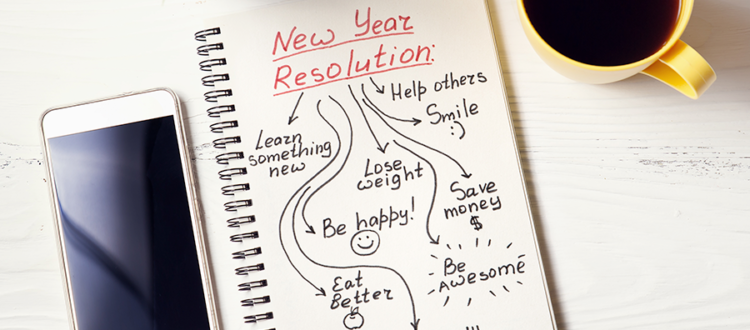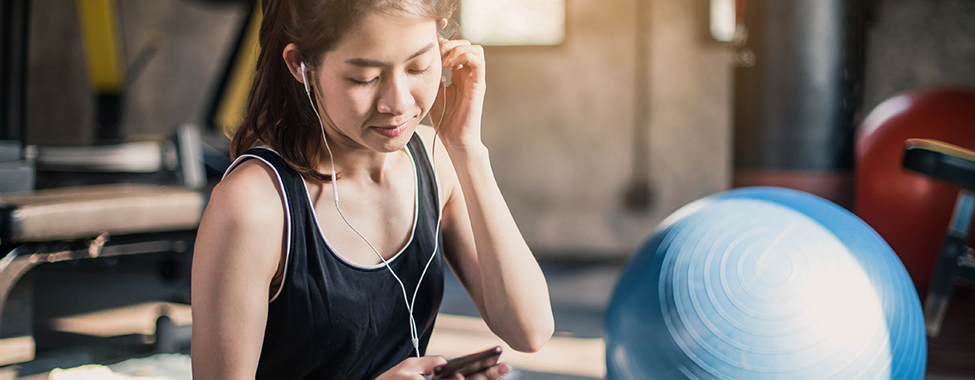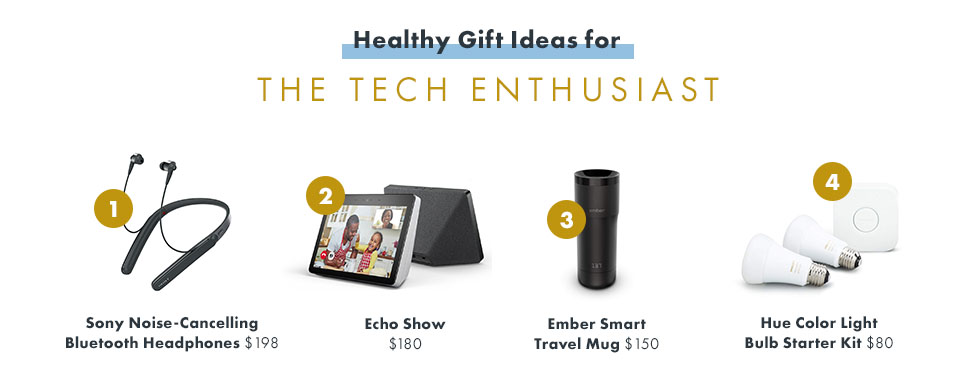It’s no secret that infrared saunas have plenty of health benefits. It’s also no secret that New Year’s resolutions are easy to make but difficult to keep. This year, learn how to stick to your resolutions and kick off a healthier year! Read on to see how using an infrared sauna can help you achieve your healthy New Year’s resolutions, whether your goals are to “practice self care” or “lose weight.”

How to Keep New Year’s Resolutions with an Infrared Sauna
Lose Weight
The Benefit: Holiday dinners and sitting inside to avoid the cold are both contributors to feeling a little sluggish at the start of the new year. Having a goal to lose weight should be a long-term goal to ensure success and avoid disappointment from fad dieting. When you keep that mindset, you can begin to have healthy relationships with food and exercise to kick off your year of health and weight loss.
How an Infrared Sauna Helps: According to the Journal of the American Medical Association, regular use of a sauna imparts a similar boost on the cardiovascular system as running. As you relax in the gentle infrared heat, your body is hard at work producing sweat, pumping blood and burning calories. As your body increases sweat production to cool itself, your heart works harder to pump blood at a greater rate to boost circulation. This increase in your metabolism will burn calories.
Get in Shape
The Benefit: Getting in shape is one of the most popular healthy New Year’s resolutions, right after losing weight. This resolution is a great motivator, especially after a season of indulging. To keep up with this resolution, be sure to ease yourself into fitness and avoid burning out. Slowly increasing your activity will ensure you have a long-lasting resolution that you can actually stick to.
How an Infrared Sauna Helps: Using a sauna enhances the muscle recovery process after working out by increasing blood circulation and carrying oxygen-rich blood to oxygen-depleted muscle. Heat also allows muscles to relax better, thus relieving muscle tension. Saunas boost your cardiovascular, immune, and lymphatic systems to help detox the body for a better workout and speed up the process for getting in shape.

Meditate
The Benefit: Meditating is like your brain’s virus checker, detecting toxic stress and blocking its effects on your physical and emotional health. A 2013 study found that adults who were taught the basics of mindful meditation had lower levels of the stress hormone cortisol. Meditation also allows you to connect more deeply with yourself emotionally.
How an Infrared Sauna Helps: The extreme heat that saunas promote relax your body. Making your sore muscles feel better. The sauna also gives you a moment in time where you can relax and do nothing. You just sit there and let your mind go off into whatever direction you want it to go. Since this naturally happens when you’re in a sauna, it makes it really easy to meditate.
Practice Self Care
The Benefit: When not making time for yourself, it is easier to become stressed and lose yourself. The importance of self care is focusing on bettering yourself from within by reducing stress, avoiding burnout, refocusing on tasks, boosting energy, decreasing physical ailments, recharging your mind, and balancing your emotions.
How an Infrared Sauna Helps: If you have an infrared sauna at home, have a 20-minute session to decompress. While going to a spa may be more expensive, the act of leaving the house feels like you are making time for yourself more than if you were to stay home. Spas offer services like massages and facials along with amenities such as saunas and steam rooms for the ultimate day of relaxation.

Detoxify
The Benefit: If you feel like you may have indulged a little too much over the holidays, detoxification is a great, healthy New Year’s resolution to set for yourself. Whether you are detoxifying from a large meal, want to cut back on drinking, or are looking to quit smoking, detoxification can help your body be better suited for a lifetime of health.
How an Infrared Sauna Helps: Daily sauna sweating can help detoxify your body as it rids itself of accumulated highly toxic metals (lead, mercury, nickel, and cadmium) as well as alcohol, nicotine, sulfuric acid, and other organic and inorganic compounds.
Reduce Stress
The Benefit: A little pressure now and again won’t kill us; in fact, short bouts of stress give us an energy boost. But if stress is chronic, it can increase your risk of—or worsen— insomnia, depression, obesity, heart disease, and more. Reducing stress not only makes you happier in the short term, it also makes you healthier in the long term.
How an Infrared Sauna Helps: Just a few minutes in the gentle warmth of an infrared sauna will help you feel relaxed, rejuvenated, and renewed. Infrared Saunas have also been shown to affect the autonomic nervous system putting you in the parasympathetic (rest and digest) state allowing your body to heal and relax.

Get More Sleep
The Benefit: Getting an appropriate amount of sleep every night can help you in a variety of ways, such as reducing anxiety and depression, improving cognitive function, increasing motor functions, and preventing mood swings. It also aids in weight management.
How an Infrared Sauna Helps: The ability of your body to maintain and regulate its temperature is crucial to our daily life and the biological processes we depend on. From a sleep perspective, thermoregulation is affected when our melatonin production kicks in and plays a key role in regulating our sleep/wake cycles. By warming up in a sauna then exiting, the resulting cooling-off process tricks your brain into producing more melatonin and puts your body into sleep mode.
Keeping your healthy New Year’s resolutions won’t be difficult with these tips. All it takes for success is setting small and attainable goals that won’t burn you out – and adding in an infrared sauna to make the results just that much better! At the very least, resolutions or not, these tips will help keep you on your path toward a happier and healthier year.
 Canada
Canada Australia
Australia New Zealand
New Zealand Germany
Germany UK
UK EU
EU Ireland
Ireland Malaysia
Malaysia China
China










